Audi Urban Future Initiative 2012
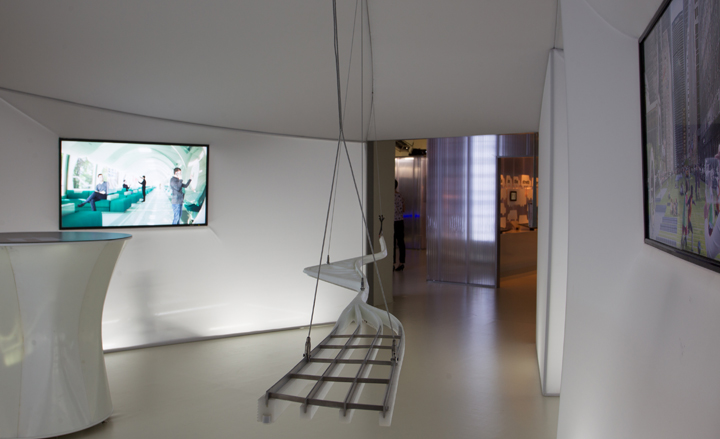
Audi kicked off its Urban Future Initiative in 2010, with an exhibition and awards ceremony at the Venice Architecture Biennale. The firms that took part included Alison Brooks Architects from London, BIG from Copenhagen, Cloud 9 from Barcelona and Standard Architecture from Beijing, with the winning proposal coming from German digital wunderkind Jürgen Mayer.
Fast-forward two years, and the initiative is in full flow, with a second awards recently taking place in Istanbul as part of the city's first Design Biennial. Taking over a sizeable chunk of the former Hasköy Wool Yarn Factory, now a major event space on the banks of the Golden Horn, the AUFI saw invited participants tasked with bringing a clean slate approach to the problems of urban mobility. The event and competition was overseen by the Frankfurt-based agency Stylepark.
It's not surprising that a car company would want to streamline the process of urban driving. Back in the 1960s, this subject was the preserve of architects and planners; car makers kept their noses out, mostly safe in the knowledge that the status quo was on their side. Five decades later and we're more congested than ever (Istanbul being an especially good place to prove the point), a bottleneck that threatens health, wealth and - most pressingly of all for the likes of Audi - future sales.
Enter the architects. The five teams were drawn from around the world, including China's NODE Architecture, São Paulo's Urban-Think Tank, Mumbai's CRIT, America's Höweler + Yoon Architecture and local studio Superpool. Each set out their vision for tomorrow's urban mobility, arranged as a series of translucent pavilions.
The inter-disciplinary nature of many of this year's studios showed a far greater concern for specific research, not big picture daydreaming. Not all the schemes were totally sympathetic to a future where the car was still king. Audi makes no bones about this being a research exercise, something that'll feed ideas and concepts back into the design of their cars. Indeed, the firm has showed several small-scale city car concepts in recent years, and is also making great strides towards a world of autonomous driving, especially in the nose-to-tail environment of the traffic jam.
In the end, the jury, which included Audi's CEO Rupert Stadler - who has made the AUFI into something of a pet project - respected design theorist John Thackara together with Mayer, selected a re-working of the American dream by the young Boston-based studio of Höweler + Yoon. Of all the proposals, H+Y's perhaps saw the bluest of skies, focused as it was on big picture infrastructural shifts to transform the eastern seaboard into a place of perpetual motion. The studio won 100,000 euros and the chance to work up their scheme into a detailed dossier, complete with original research.
See the winning scheme and the runner-up proposals in our gallery. More information can be found at Mooove.com, Audi's new dedicated mobility portal.
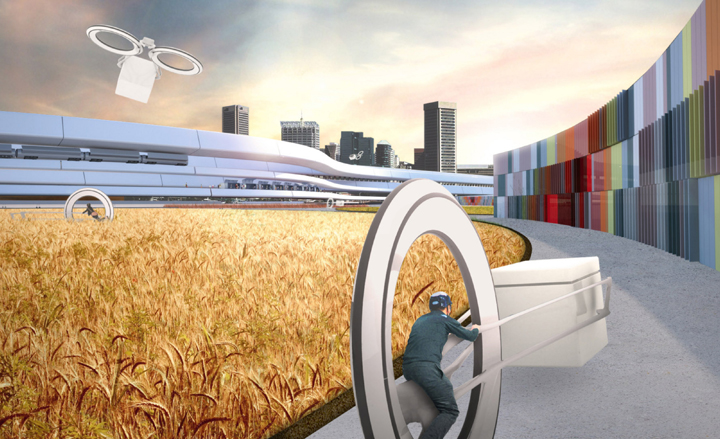
Höweler + Yoon suggest that infilling the area between highways and highspeed rail will create new building types and new opportunities for urban agriculture
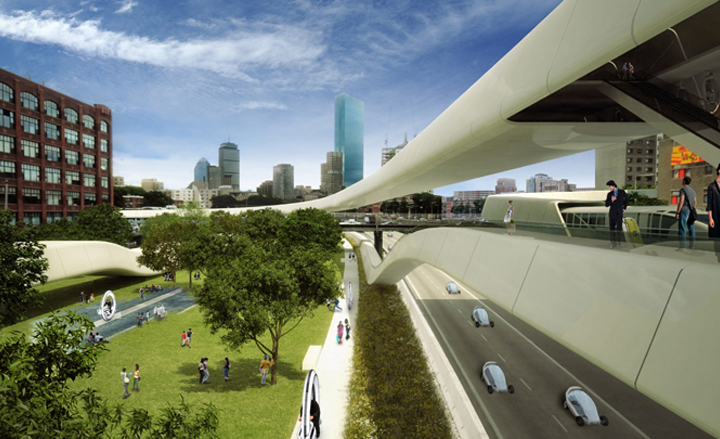
The 'Shareway' is Höweler + Yoon's vision of a superhighway complex, delivering fast traffic long distances, with integrated high speed rail and small scale electric car sharing
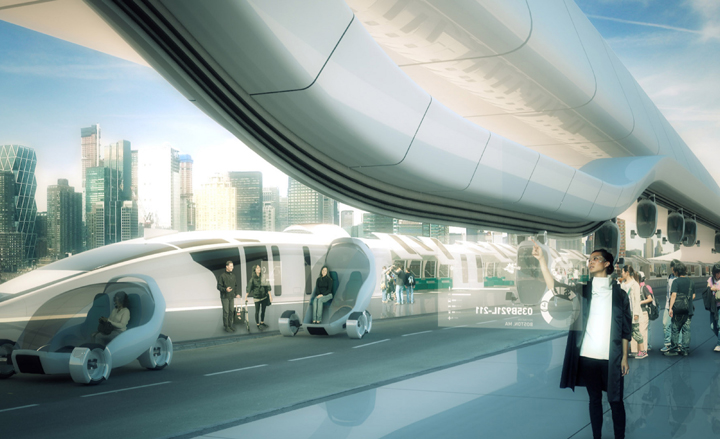
Höweler + Yoon imagine a future where you can step off an intercity train and straight into a 'last mile car' - powered by the kinetic energy released by the braking train - to take you home
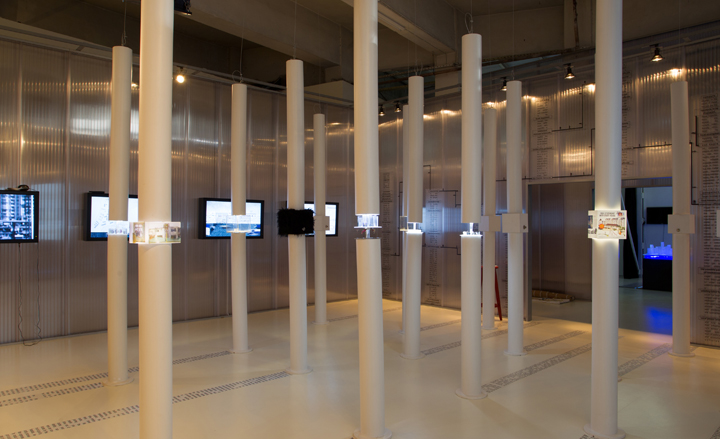
CRIT's 'Being Nicely Messy' concept taps into the adhoc expansion of Mumbai, with its web of manufacturing, entrepreneurship and chaotic transport systems, to propose new typologies, associations and even professions, rebuilding the way the city works from the ground up
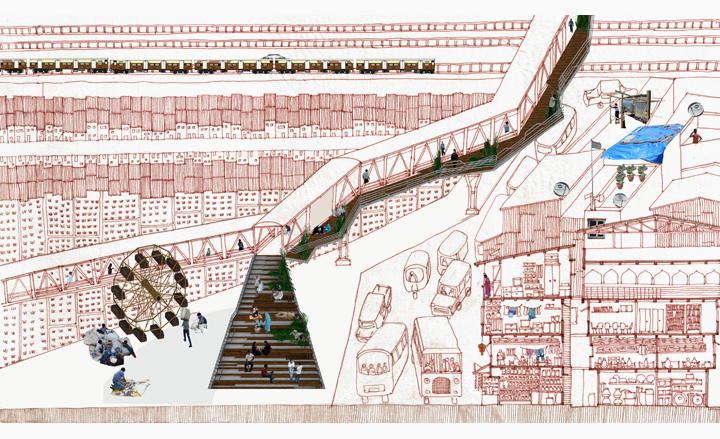
Mumbai's multi-layered future society is revealed in CRIT's concept for a city of new options and opportunities
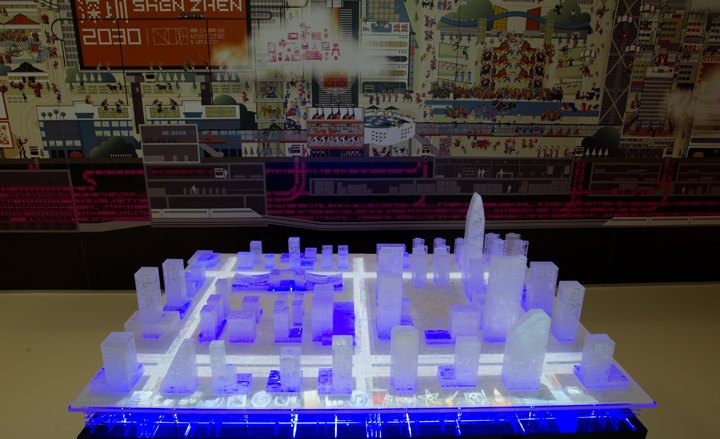
A model of NODE's proposal; a vast subterranean complex of automated delivery tunnels, freeing up the streets of Shenzhen for personal transit, not goods and services
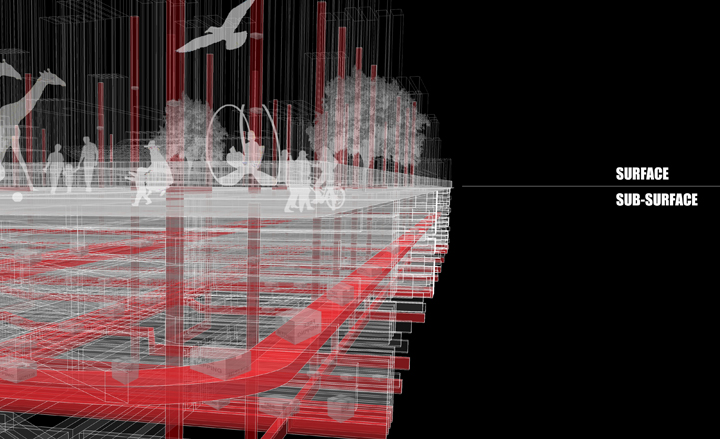
NODE envision an underground world of delivery systems, constantly whirring beneath our feet
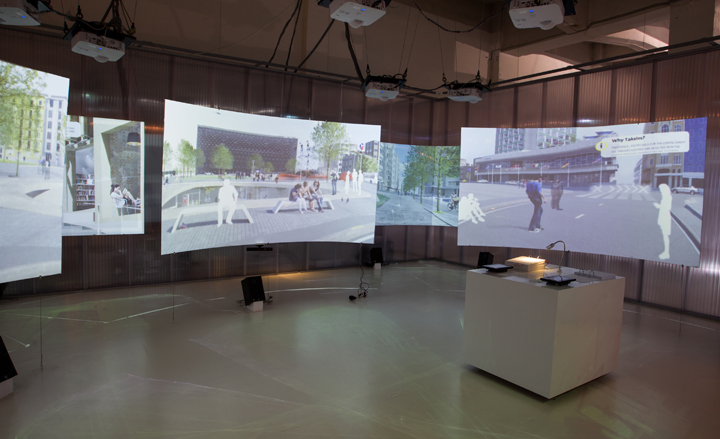
Superpool's installation looks at the role of car-sharing in the congested city - in this case their home town of Istanbul
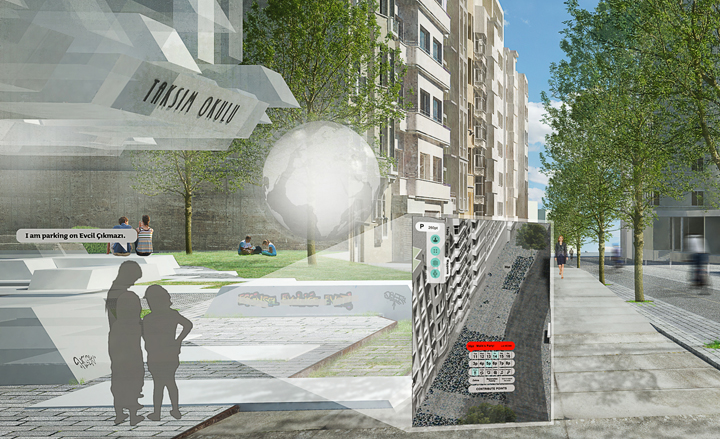
Through a combination of smartphone apps and community collaboration, Superpool propose a city of reclaimed streets
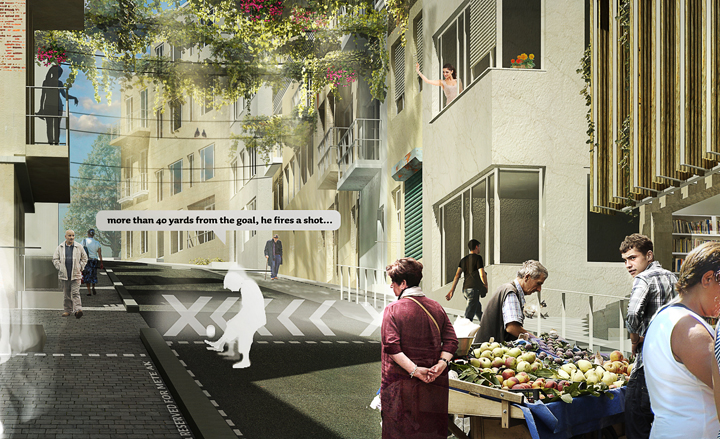
Superpool's vision of an Istanbul with minimal auto involvement
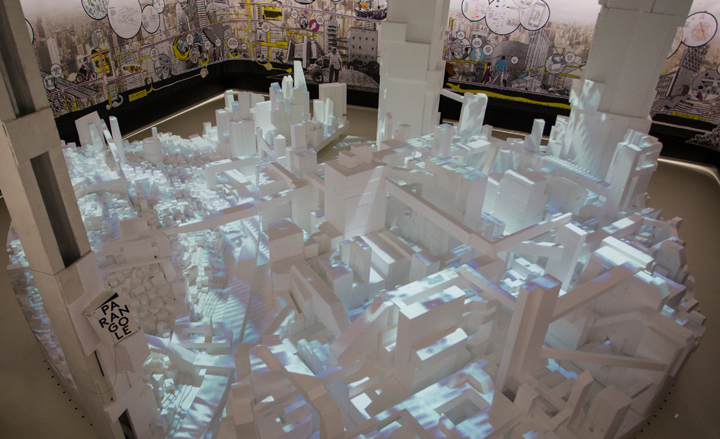
Urban-Think Tank's installation is dominated by this large-scale model of future São Paulo
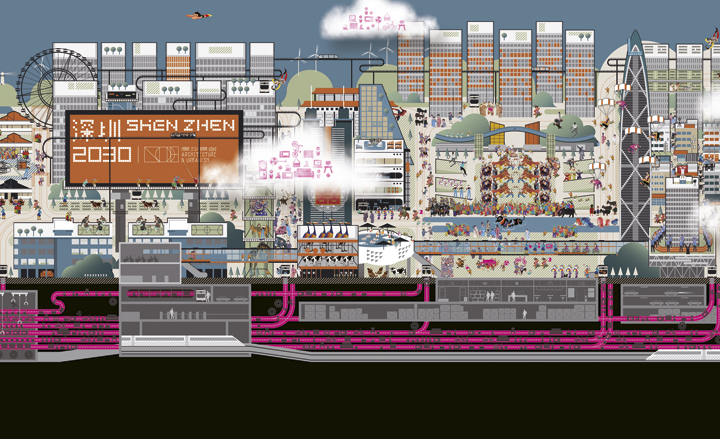
Urban-Think Tank have worked extensively with São Paolo's various stakeholders, from the mayor's office onwards. Their Skywalk proposal simply suggests building up, not out, capitalising on the city's air rights to build new interconnected communities in the sky
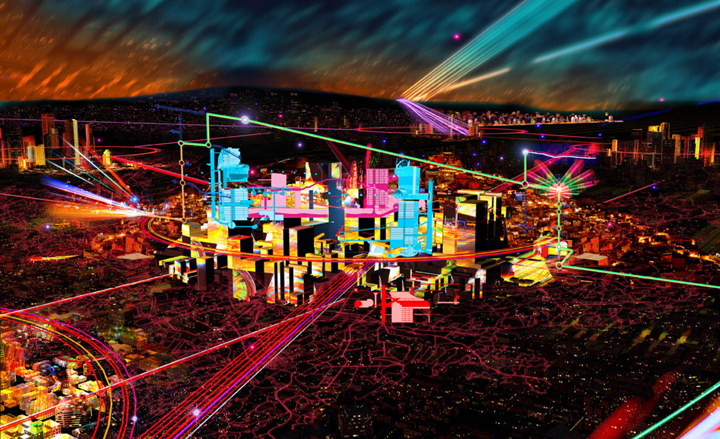
The multi-layered city of the future, as set out in Urban-Think Tank's 'Urban Parangole'
Receive our daily digest of inspiration, escapism and design stories from around the world direct to your inbox.
Jonathan Bell has written for Wallpaper* magazine since 1999, covering everything from architecture and transport design to books, tech and graphic design. He is now the magazine’s Transport and Technology Editor. Jonathan has written and edited 15 books, including Concept Car Design, 21st Century House, and The New Modern House. He is also the host of Wallpaper’s first podcast.
-
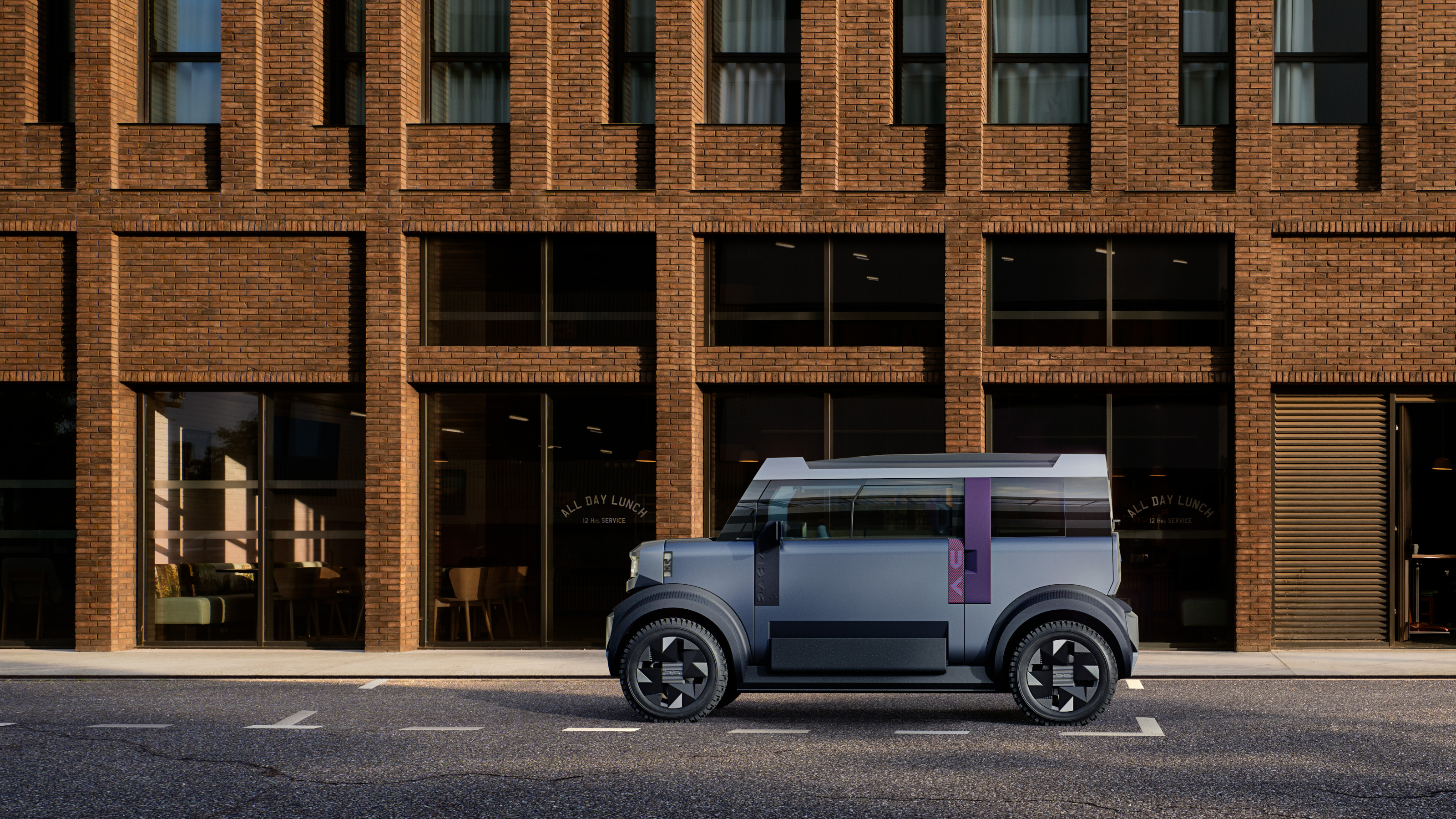 Year in review: the shape of mobility to come in our list of the top 10 concept cars of 2025
Year in review: the shape of mobility to come in our list of the top 10 concept cars of 2025Concept cars remain hugely popular ways to stoke interest in innovation and future forms. Here are our ten best conceptual visions from 2025
-
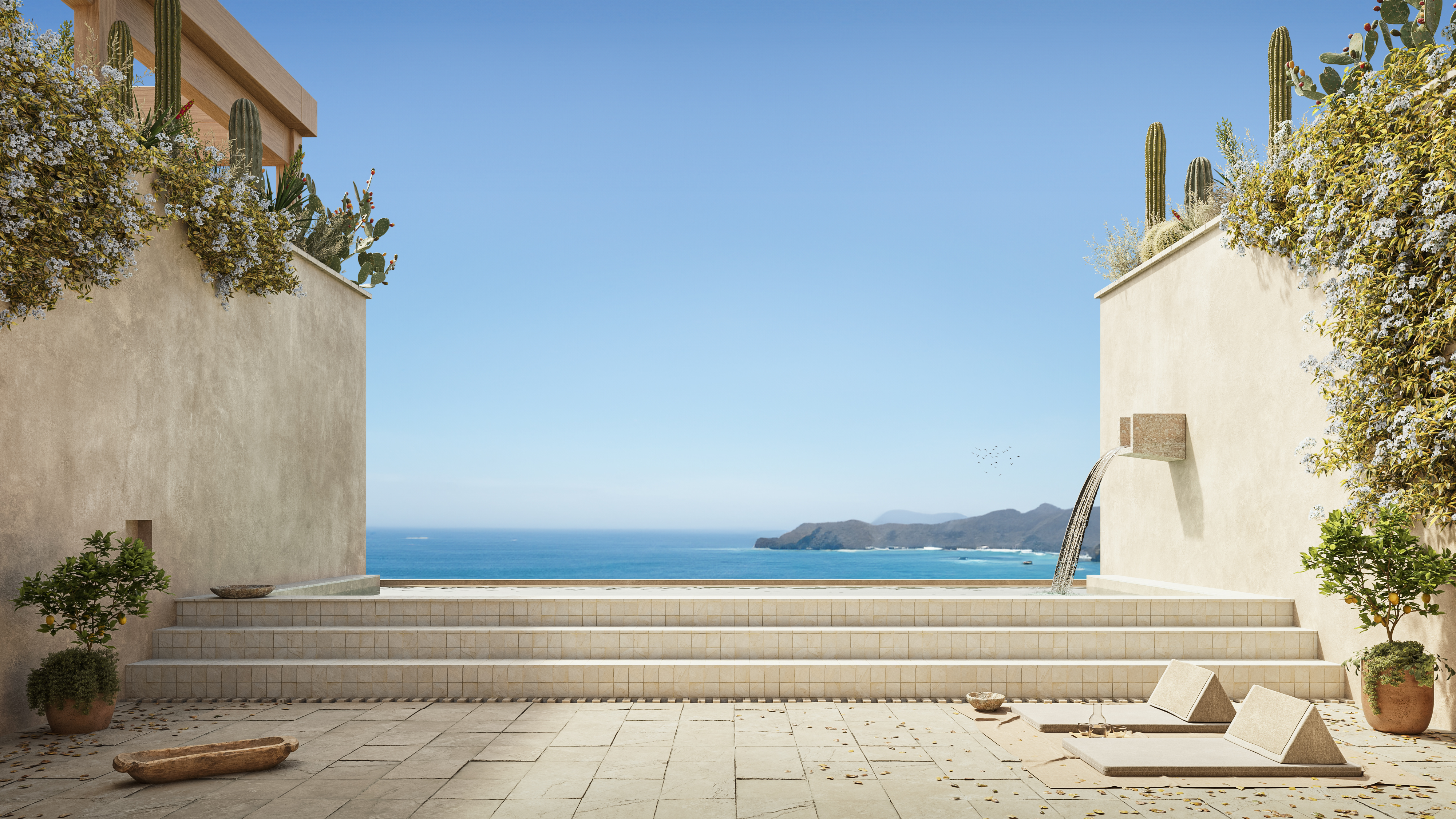 These Guadalajara architects mix modernism with traditional local materials and craft
These Guadalajara architects mix modernism with traditional local materials and craftGuadalajara architects Laura Barba and Luis Aurelio of Barbapiña Arquitectos design drawing on the past to imagine the future
-
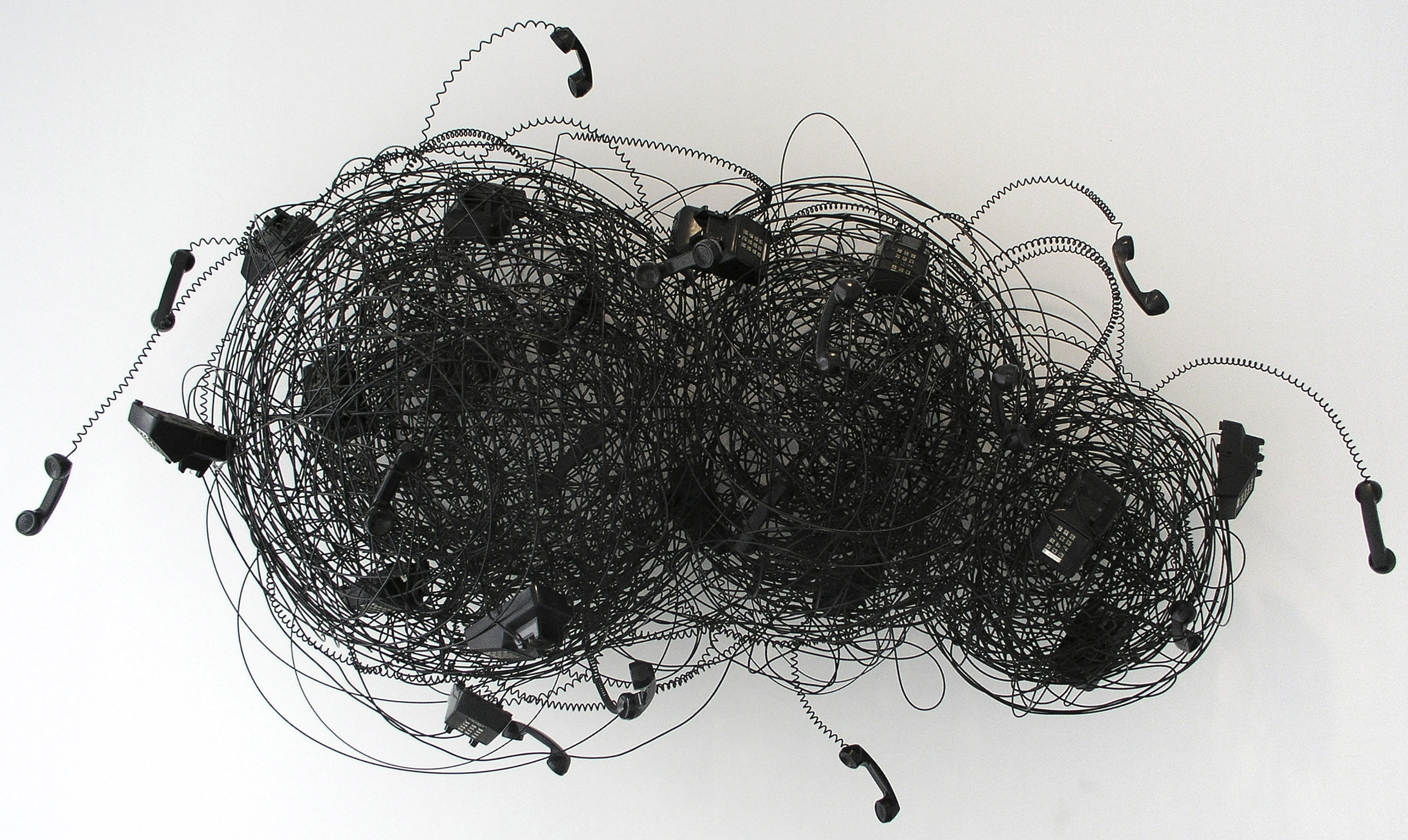 Robert Therrien's largest-ever museum show in Los Angeles is enduringly appealing
Robert Therrien's largest-ever museum show in Los Angeles is enduringly appealing'This is a Story' at The Broad unites 120 of Robert Therrien's sculptures, paintings and works on paper
-
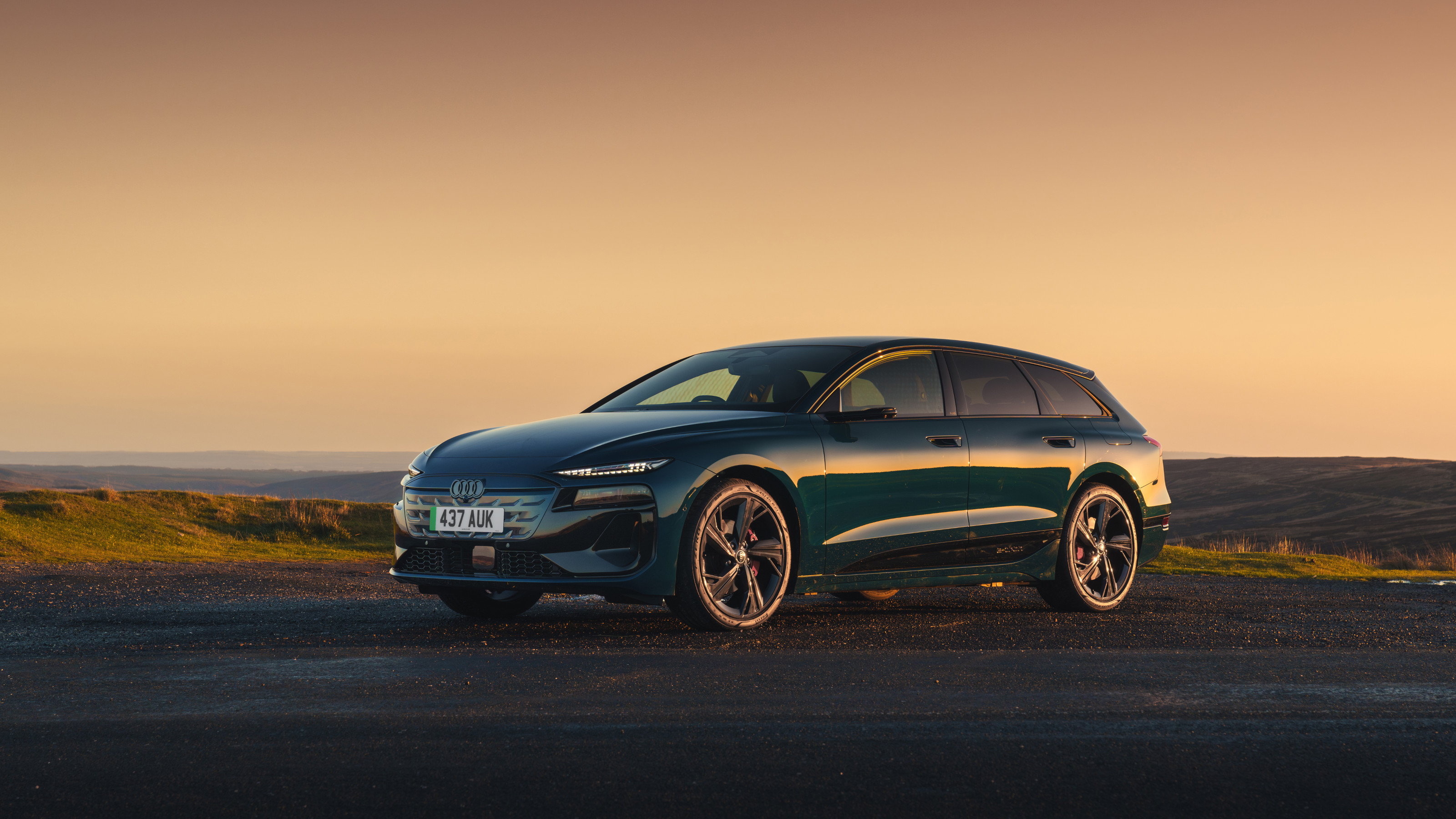 A tale of two Audis: the A5 saloon goes up against the A6 Avant e-tron
A tale of two Audis: the A5 saloon goes up against the A6 Avant e-tronIs the sun setting on Audi’s ICE era, or does the company’s e-tron technology still need to improve?
-
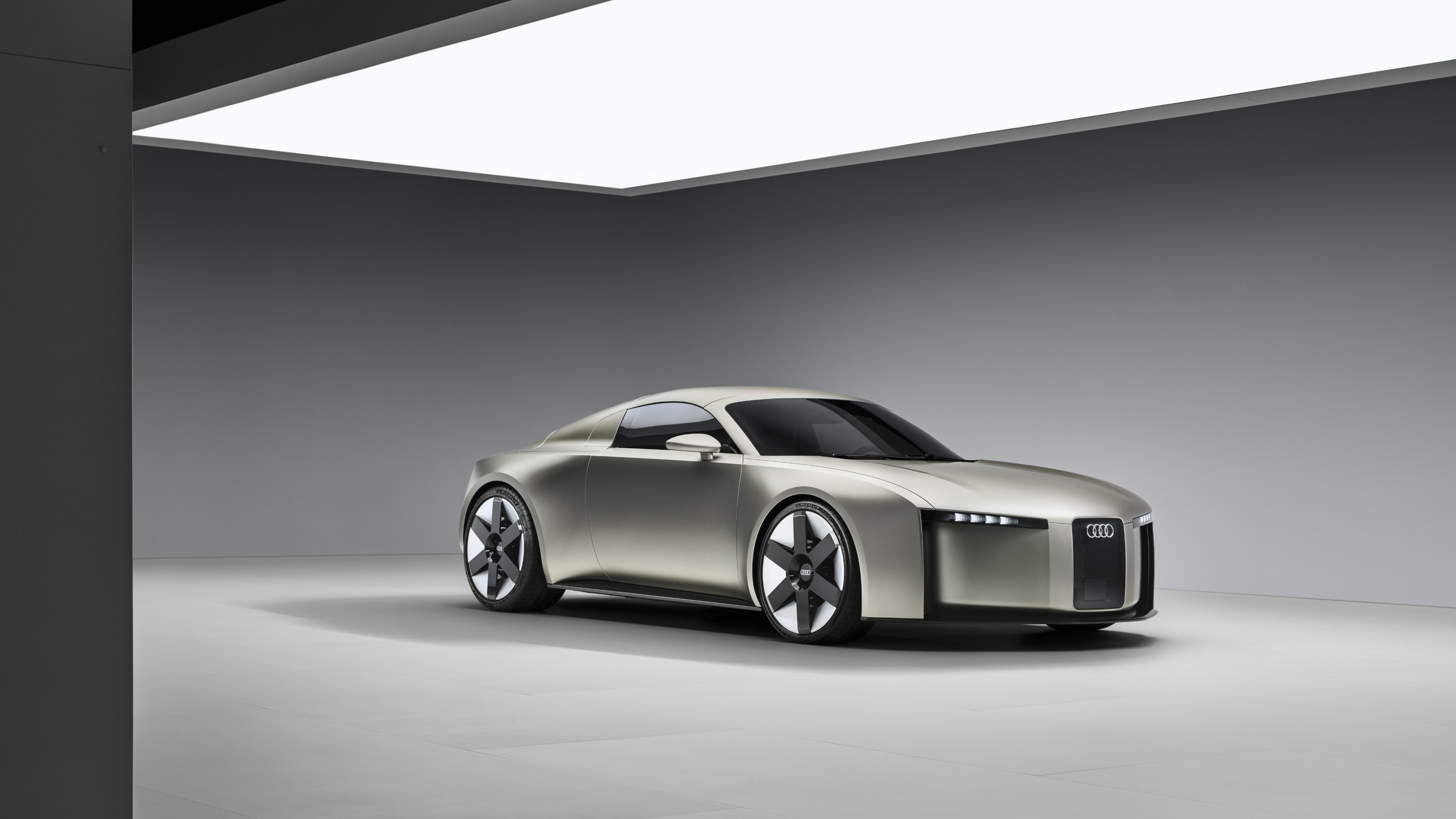 The Audi Concept C strives for clarity, drawing on the past to present a new face for the future
The Audi Concept C strives for clarity, drawing on the past to present a new face for the futureLaunched this month in Milan, the Audi Concept C is a reboot of both design language and visual identity for the German manufacturer
-
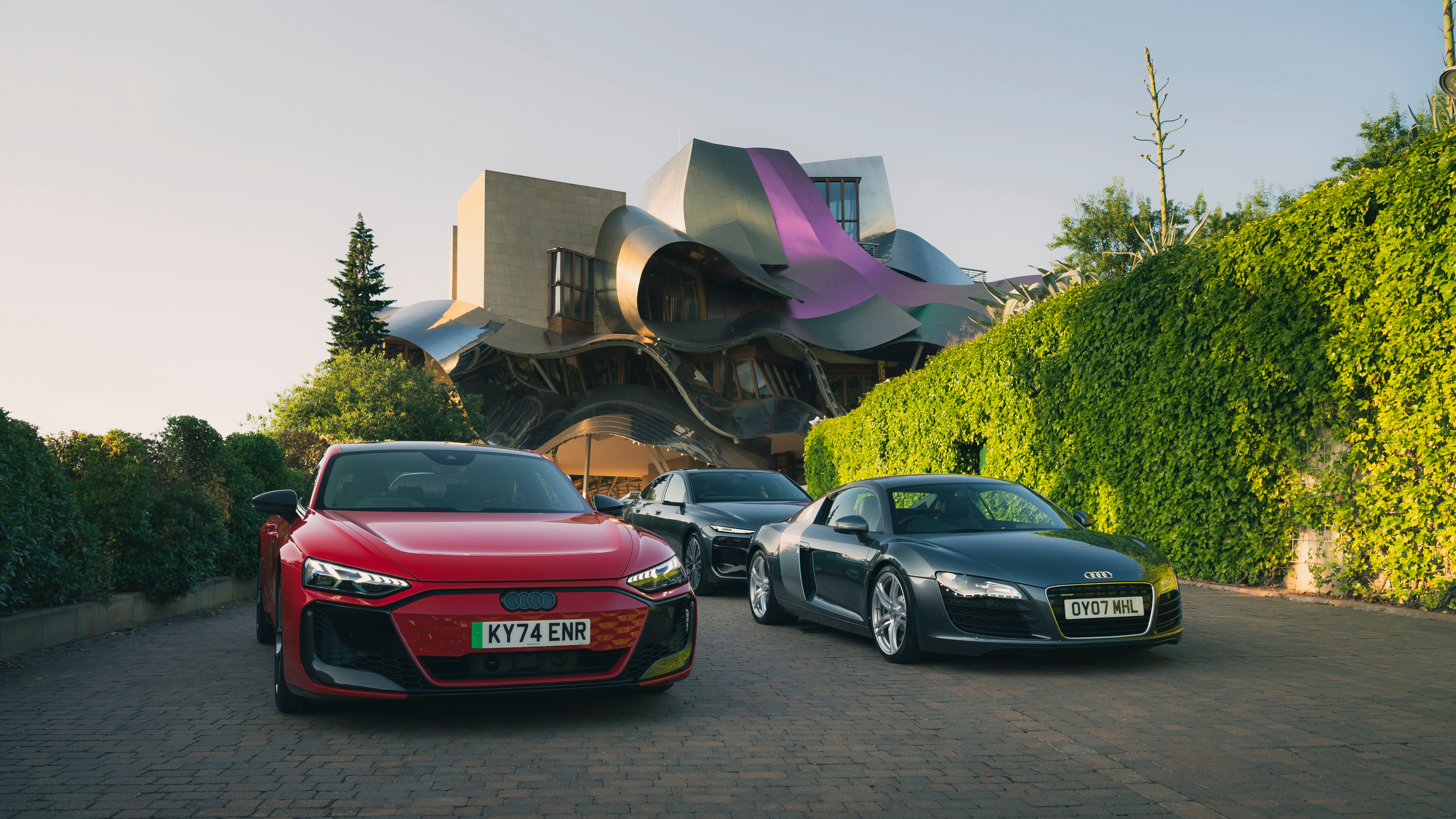 How design defined Audi: the brand celebrates 60 years with a collection of its greatest hits
How design defined Audi: the brand celebrates 60 years with a collection of its greatest hitsA fleet of iconic Audis, the flowing lines of Frank Gehry’s architecture and the open roads of Northern Spain made for a design-rich experience
-
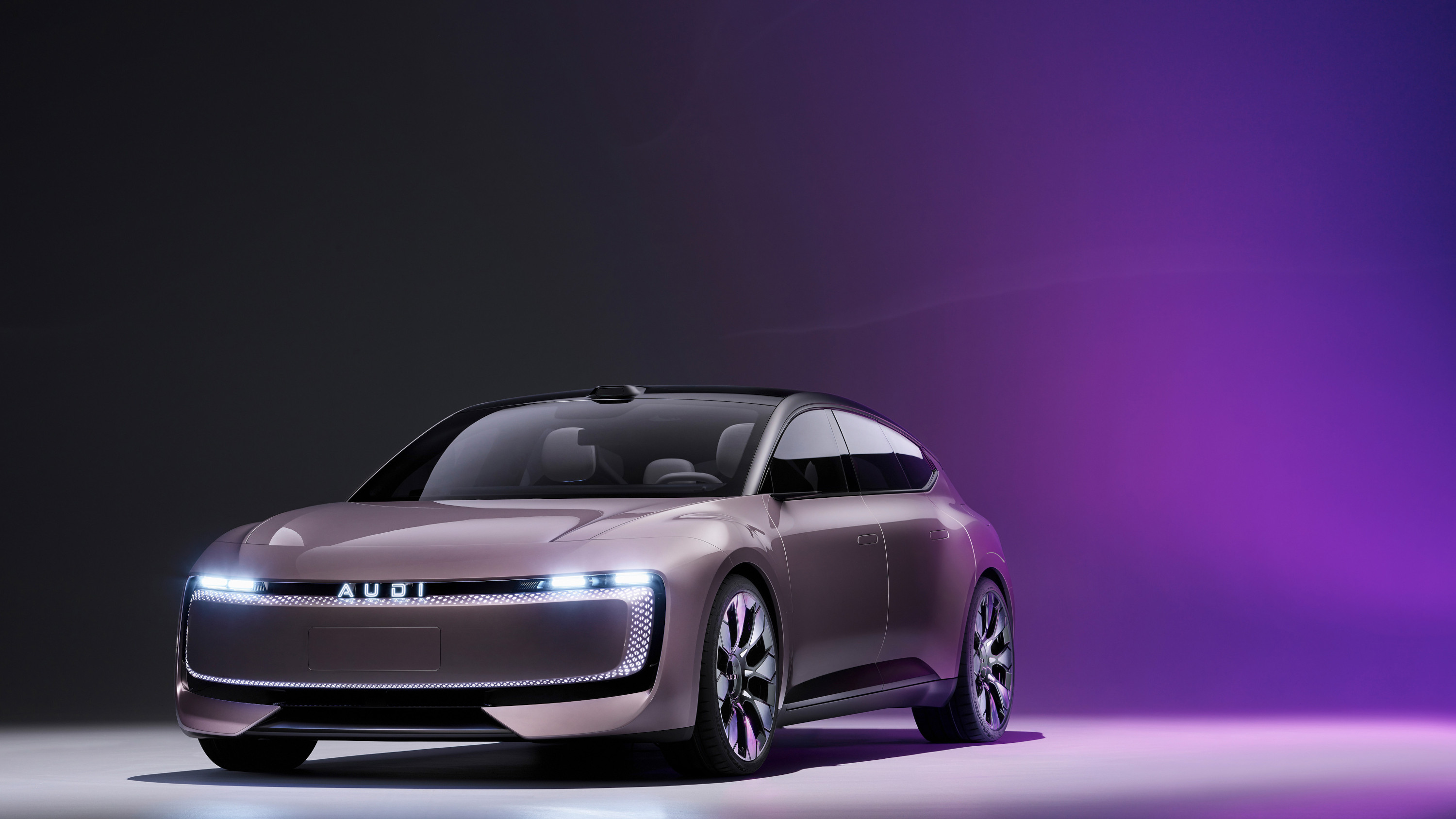 Audi launches AUDI, a China-only sub-brand, with a handsome new EV concept
Audi launches AUDI, a China-only sub-brand, with a handsome new EV conceptThe AUDI E previews a new range of China-specific electric vehicles from the German carmaker’s new local sub-brand
-
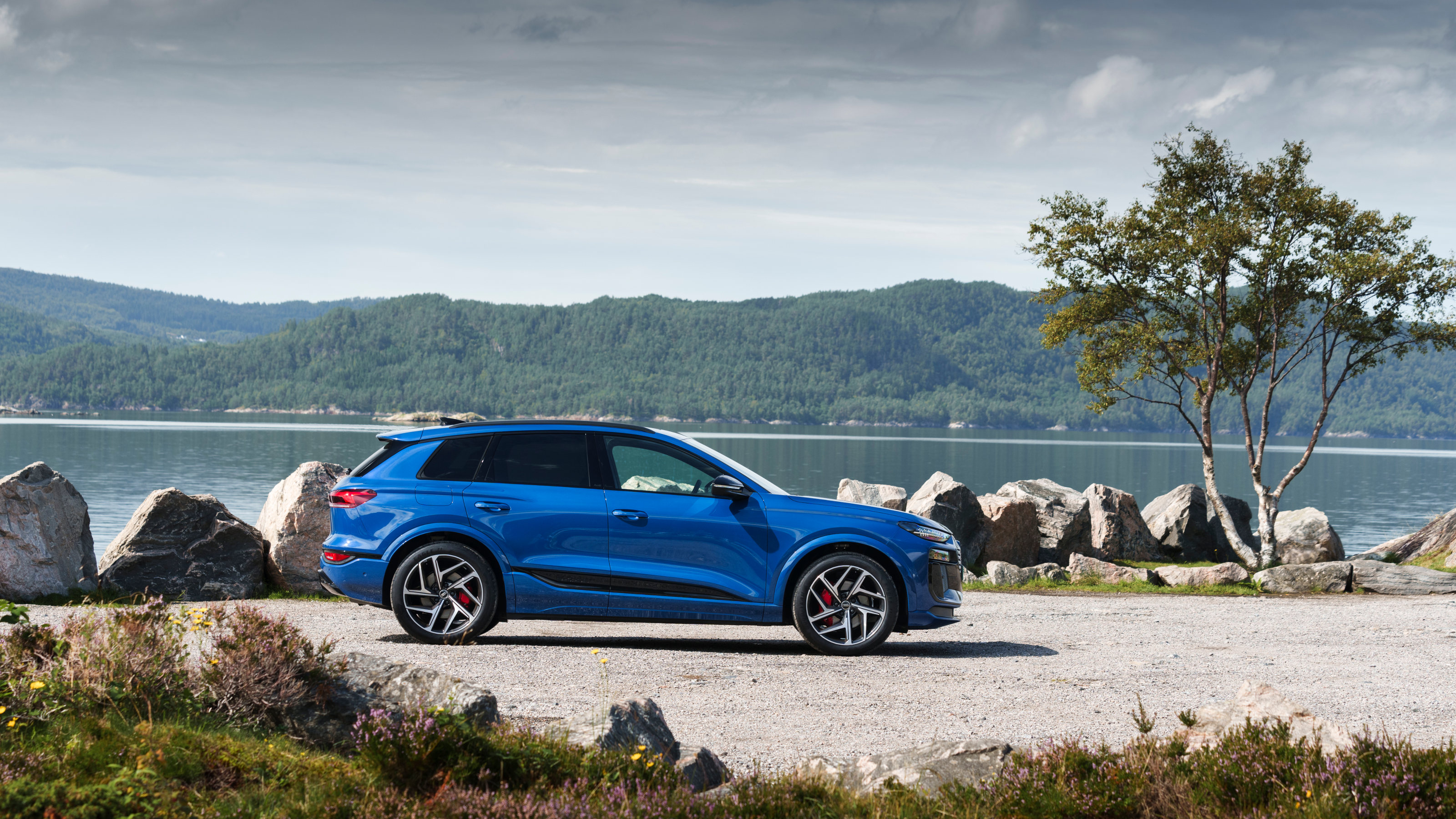 We take Audi’s new Q6 e-tron quattro around and across the fjords of Norway
We take Audi’s new Q6 e-tron quattro around and across the fjords of NorwayThe new Audi Q6 e-tron quattro is a pure EV that marks a new design direction for the German brand, setting new tech standards along the way. Transportation Editor, Jonathan Bell, takes it for a drive
-
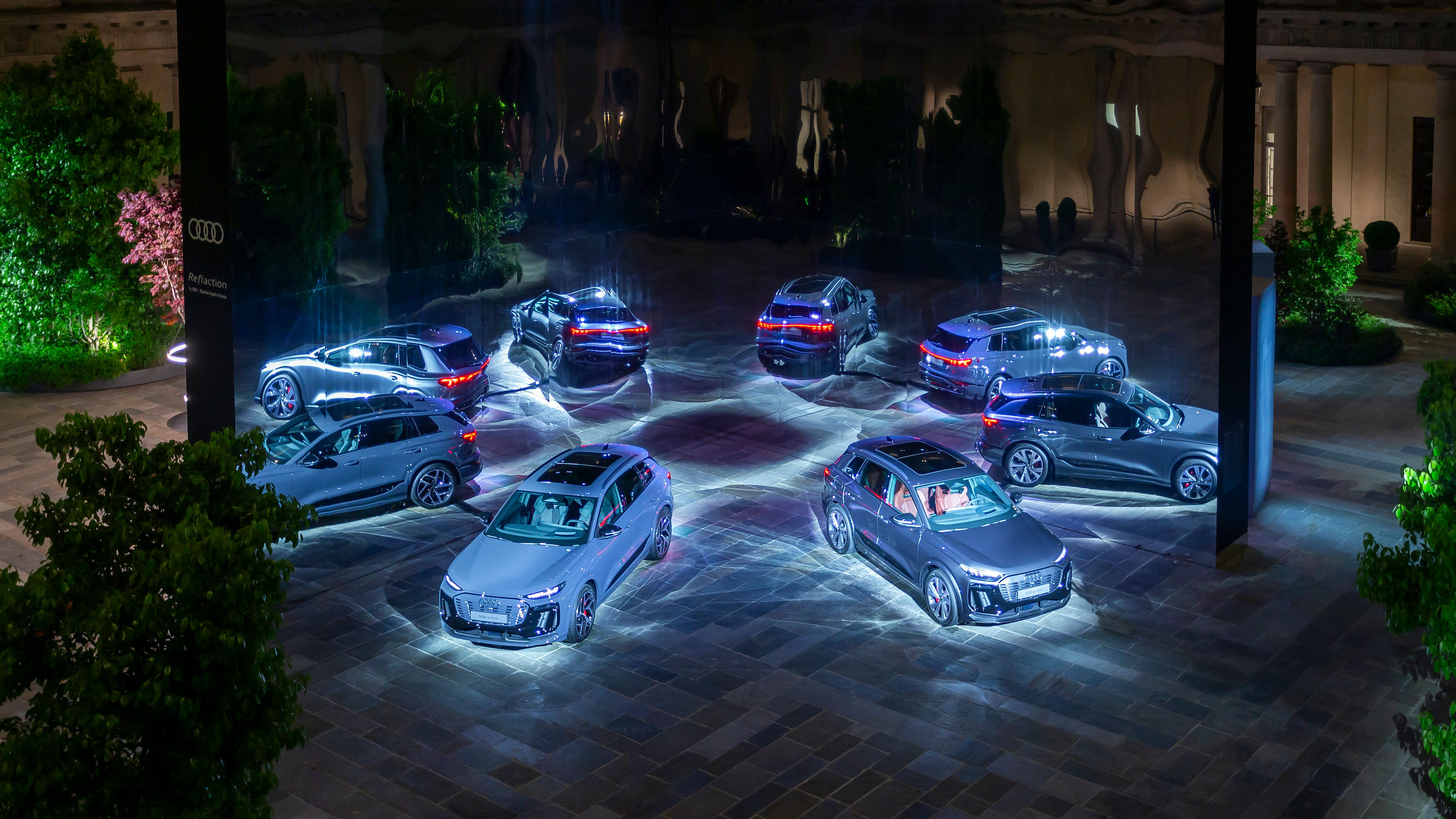 A deep dive into the new Audi Q6 e-tron, revealed at Milan Design Week 2024
A deep dive into the new Audi Q6 e-tron, revealed at Milan Design Week 2024The Audi Q6 e-tron is the brand's latest all-electric car, a stylish powerhouse launched at Audi’s House of Progress in Milan
-
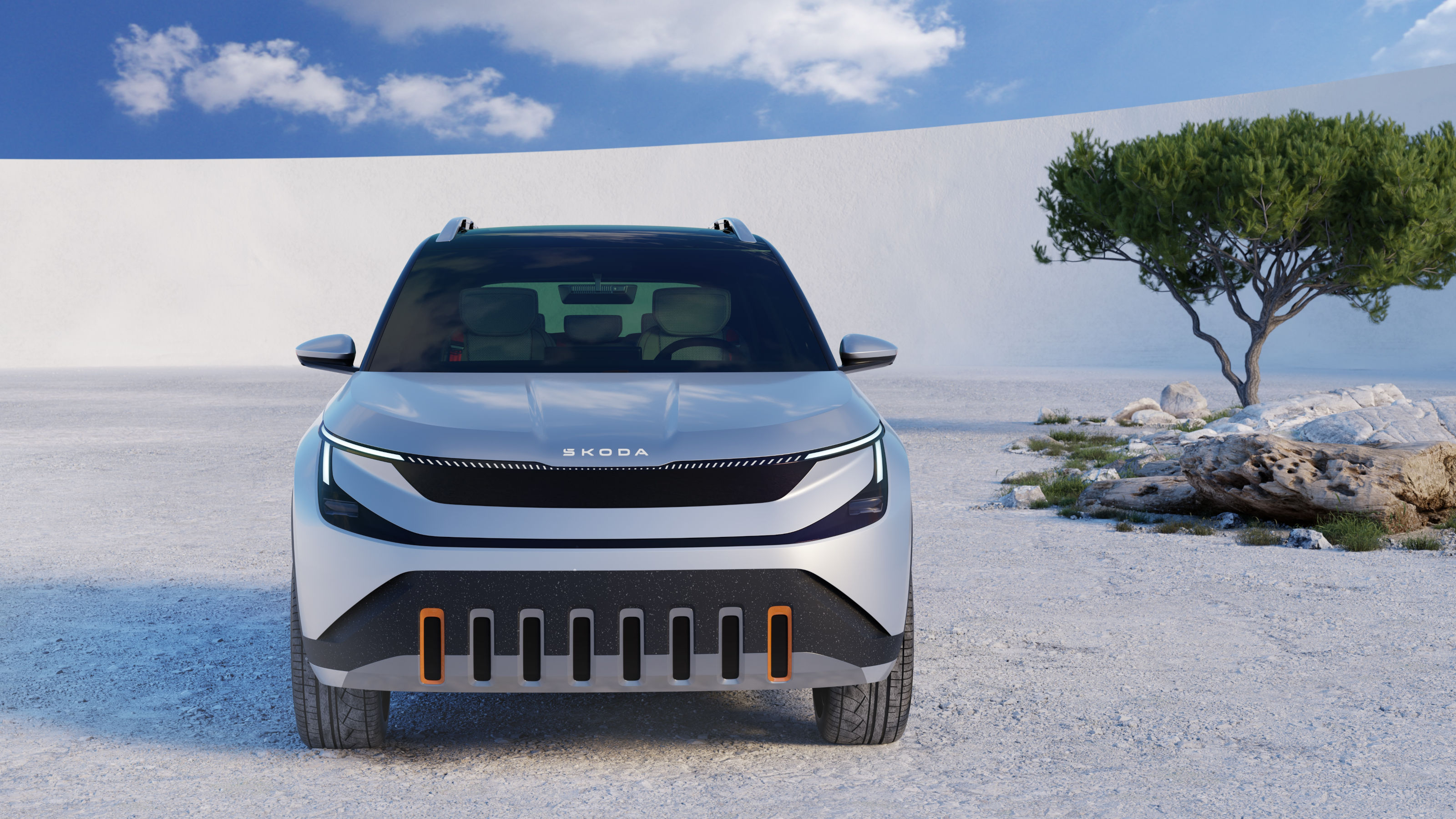 Coming soon: a curated collection of all the new EVs and hybrids that matter
Coming soon: a curated collection of all the new EVs and hybrids that matterWe've rounded up new and updated offerings from Audi, Porsche, Ineos, Mini and more to keep tabs on the shifting sands of the mainstream car market
-
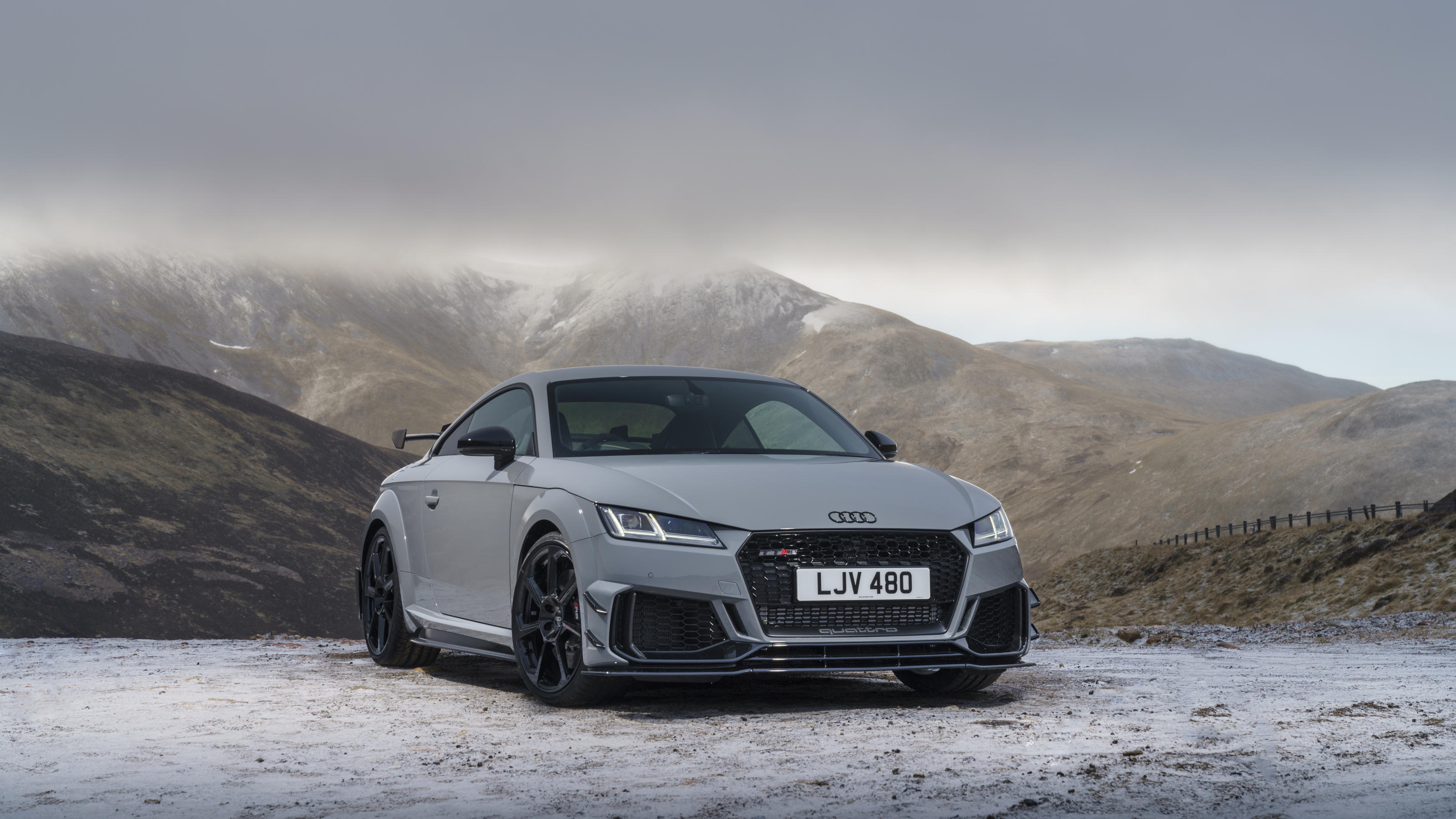 Farewell to the Audi TT, a design icon that evolved with the automotive landscape
Farewell to the Audi TT, a design icon that evolved with the automotive landscapeFor over 25 years, the Audi TT has been synonymous with the brand, a modern machine that initially favoured style over sport. The final editions are very different beasts to the original